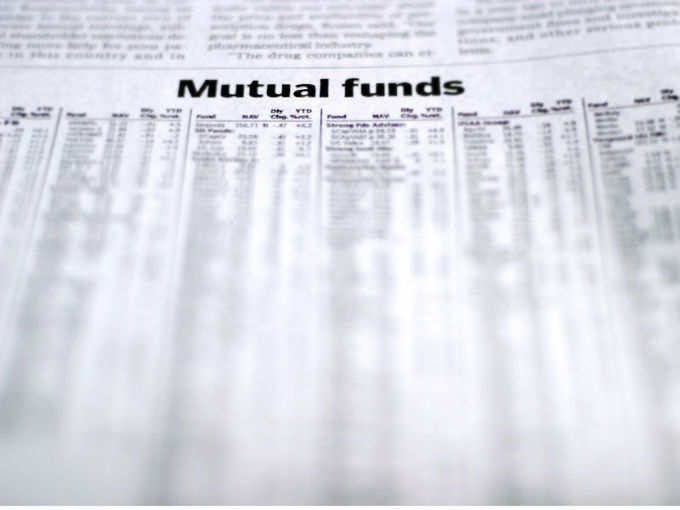 Your work does not stop after you’ve invested in a mutual fund. You need to monitor your
Your work does not stop after you’ve invested in a mutual fund. You need to monitor your 1. Track your portfolio
The first thing you need to check is whether you have received the account statement from your mutual fund (MF) company. You might receive it from them either as a hard copy by post or as an email statement. Verify the amount invested and scheme name including the plan.
Mutual fund companies will also regularly send you announcements related to your investments along with various promotional announcements. But don’t ignore them; especially watch out for mandate changes and mergers of schemes. Besides affecting the reason for your selection, scheme mergers could also lead to costs in terms of short-term capital gains.
If you’re investing regularly, like a SIP, you need to be careful about recording the NAVs and dates of purchases for tax purposes. Use an Excel spreadsheet at a minimum. Or you could also use free ‘portfolio tracker’ tools given by websites such as Money Control or
2. Monitor performance
While a short-term blip in performance should not bother a long-term investor, you need to take cognizance of it. For often, you witness a slippage in relative performance of a fund that was top rated at the time of investment. Keep track of relative fund performance on a regular basis and exit on signs of consistent underperformance. We would recommend evaluating your portfolio afresh every year. There is no reason to invest in a fund in 2015 just because you invested in it in 2014. Use the evaluation process we discussed earlier in this series.
Scripbox uses a review period of 12 months, before removing a fund from its equity portfolio. The tools you use for reviewing performance will be the same as you use for selecting. Your online tracker will also most likely provide fund performance tracking for at least a few key metrics.
3.
Sometimes, a fund manager or
4. Fund house mergers/ acquisitions
There have been quite a few mergers and acquisitions in the Indian MF industry. For instance, Zurich mutual fund was taken over by HDFC MF more than a decade back. Investors are advised to keep tab of such M&As in the MF industry. Many a time, post such merger or even otherwise, fund managers are changed, schemes merged or the nature of its investment mandate tweaked. As per SEBI rules, existing investors have to be compulsorily informed of such developments with options to exit (if it is a close-ended fund). Investors should ensure that the merged scheme meets your criteria of consistent performance and its fund mandate matches your investment needs.
5. Significant portfolio changes
Investing is a dynamic process and a fund manager occasionally shuffles his portfolio to adjust to varying business conditions and economic outlook. Sometimes, a fund might be overweight on sector like oil and gas and at other time
However, if you have invested in a sector fund, say banking or infrastructure, focus on the overall sector outlook. Newspapers, magazines and investment websites are dime a dozen giving a good collection of viewpoints that could help in your opinion making. As a rule, stay away from sector funds that you don’t understand.
To repeat: You must track and review your investments periodically for best results. Trust the professionals to manage your money but keep a watch on them.
A handy checklist for everything discussed above;
A.Track your portfolio
· Check your transaction advice and account statement for any discrepancies
· Carefully read the announcements sent out by the mutual fund companies
· Keep tab of changes in fund mandate or scheme mergers
· Ensure that you update your e-mail address and mobile number with the mutual fund company in case of any change
B. Monitor performance
· Monitor fund performance and exit on signs of consistent under-performance
· Mass exodus of fund managers or CIO is a cause of alarm
· Exit the fund if you witness a consistent slip in performance post exit of a CIO
· Avail of load-free exit options, if you do not want to continue with schemes with changed investment mandate
· Don’t panic on news of portfolio shuffle- it is part and parcel of portfolio management
(About the author: This article has been contributed by